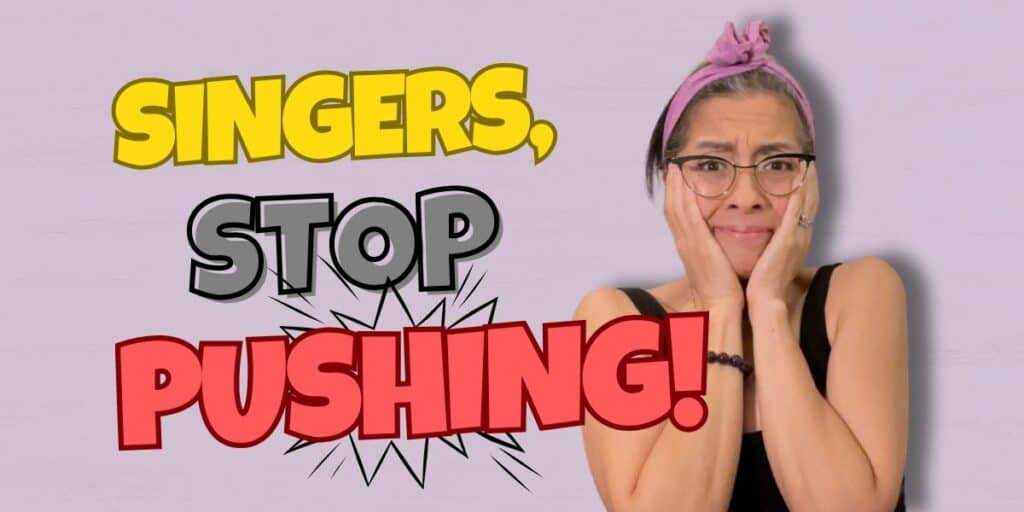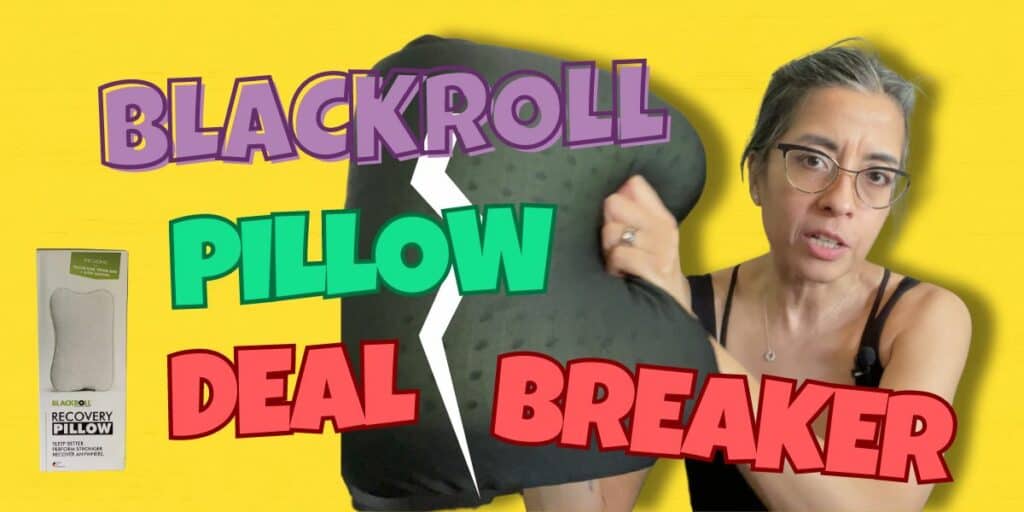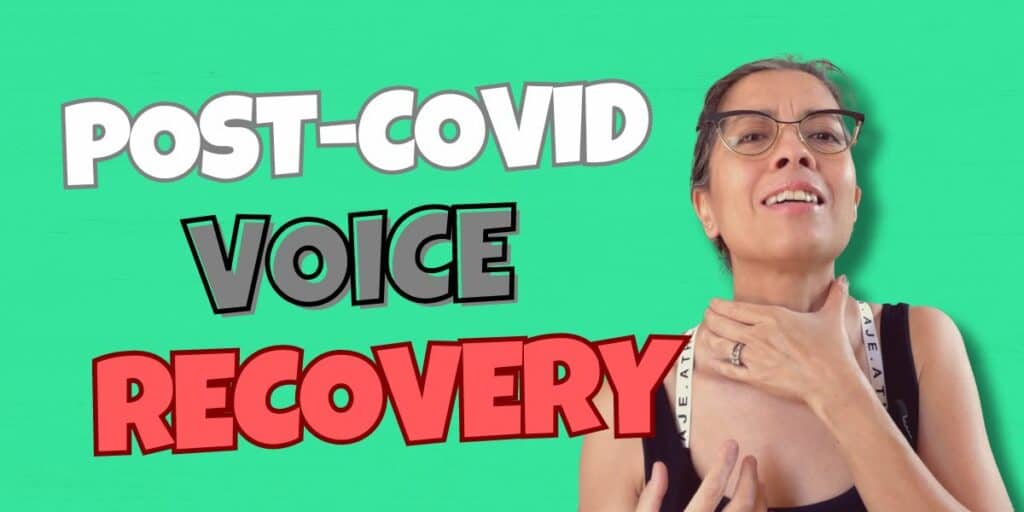This is part 5 of my “How to be Flexible” series and in this episode of MoveMedics TV we will explore Protection Memory, a super important and necessary function of your brain that can also be a source of frustration for your movement and even a reason why you have persistent pain!
Like This Post?
Never miss a post.
Get our blog posts delivered straight to your inbox!
’Til next time, Be Free In Your Movement™.
x
Selina
B. Phty
This information is not medical advice. Got health concerns? Consult a real-life health professional.
Views are my own.
*Affiliate links. Your choosing to use these goes towards supporting my content creation. Thank you.
This is part five of my “How to be Flexible” series and today we are talking about a very important function of your brain, Protection Memory. Let’s check it out.
Hi, I’m Selina from MoveMedics here to help you move better, feel better, so you can keep doing what makes you happy, for as long as you want.
So far in this series we have talked about what my Movement Philosophy is, the key concepts of the Movement Spheres™ and the Movement Zones. Last time we started talking about your Brain and Movement. If you haven’t seen those yet you can catch up here first.
Your brain is essentially your bodyguard, the ultimate, loyal, determined, dutiful bodyguard who is laser focused in keeping you safe. Your bodyguard also decides your Safe Movement Threshold and whether a movement is safe or not.
When it has to make a decision, let’s say ship’s happening, and it has to analyse it and it thinks A bad, B bad, C not very good, D nah, E oh hell no. Bad, bad, bad, bad, bad, no, it is a no. And it remembers it for future reference.
Now if ships keeps happening, instead of wasting time each time going A, B, C, D, E, your brain can then make a direct association ship-bad-no. Ship-bad-no, ship-bad-no, ship-no, ship-no, ship-no. It’s much faster that way and when it comes to your survival and your safety, speed is critical, that’s why we have reflexes.
Protection Memory is super important, if we don’t remember the bad stuff we would have died out a long time ago.
Imagine if our ancestors don’t remember “oh there are lions over there, we don’t go there” or “that waterhole, crocodile lives there, we don’t go there either”, “oh you know that cliff back there? 50 meters straight down, don’t go there either”
Like if we don’t remember the bad stuff, we just wouldn’t survive so Protection Memory is important and necessary, however, if your brain the bodyguard makes an inappropriate connection and associate a normal movement to bad, then it can become problematic.
Here’s a real life example, something I’ve encountered too many times. It is very common to see someone say “I’ve torn my hamstring and I could never do the splits again”
Sadly, these people tend to think that they are still injured. You can’t be chronically injured, your body is exceedingly good at healing. But what can happen is that you can have these nervous system adaptations, such as Protection Memory, that perpetuate the cycle of pain.
As physio we see this in rehab all the time, Protection Memory is almost always something we have to address.
My personal experience is that the more emotional invested someone is to an activity, the higher the chances of there being Protection Memory and it being problematic.
Let’s say you tore your hamstring in a dance class, and because you’re injured you can’t go to class, you have to do rehab and rehab takes longer than you want, always takes longer than anyone wants, and in that time you’re really concerned “Oh can I ever go back” you know, “What am I missing out on” you miss your friends, you’re not going to class so you’re missing the conversation, and you start to even feel a little bit isolated.
That emotional pain is a real threat to your well-being, and your bodyguard knows it, so the next time you try to stretch your leg or do something that’s similar to the action that led to your injury, your bodyguard is like “Oh no! We’re not doing that! Last time we did something similar you were out of action for months, you were miserable, you were devastated! I’m not gonna let you suffer like that ever again! No, no, no!
And how does it let you know that you’re not allowed to do it? It typically does so by giving you a pain experience, little stabs of pain here and there, warning shots, no, no, we’re not doing that, we’re not doing that, and that perpetuates the cycle, which is probably why people think that they’re still injured, but it’s not, you just have a really protective bodyguard stopping you from doing something you love.
So what can we do about it? We practice Safe Movement Exploration, which we will talk about in the next video.
But until then do let me know, do you think you have Protection Memory? Do you think your bodyguard is stopping you from doing something you believe you should be able to do? Let me know in the comments.
And if this has been fascinating for you, leave me a thumbs up.
And please also share this with your friends so they are aware that they could be such a thing that potentially is limiting what they can do.
And if you haven’t already, make sure you subscribe to my channel so when the new videos come out, it will pop up on your home screen.
And until then thank you so much for watching and Be Free In Your Movement™







